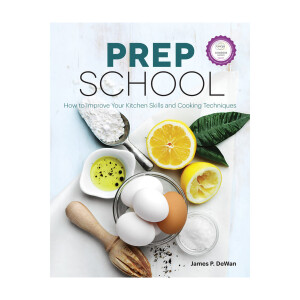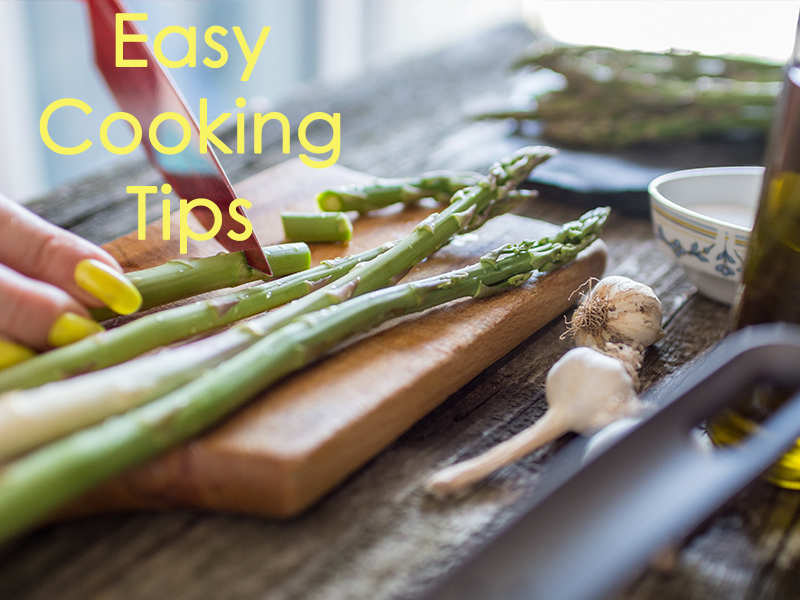
Healthy cooking is more than a trendy trend. Make your own stock and broths to reduce sodium and fat. It is important to use only local ingredients when possible. Take a temperature reading of the food to make sure it is done correctly. You won't regret doing it. These are just a few other ideas to help you get started. It is easy to cook healthier meals at your home.
Healthy cooking isn't a fad
Healthy cooking is a great way to improve your quality of life and your health. It's not a fad. Healthy cooking isn’t a passing fashion. Food companies, from Campbell Soup to PepsiCo, aren't just following a trend. They actively make healthier food choices and expand their retail distribution.
Making your own broths and stocks gives you complete control over the amount sodium or fat that goes into your meals
Making your broths and stock can be both delicious and healthy. For a caramelized flavor, bone can be roasted to give the product a rich and earthy flavour. The cartilage and gelatin from the veal bones add collagen and gelatin to the final stock. Stock can be substituted in many recipes for vegetable stock if you're a vegetarian. Bone broth can also be frozen for later use.
Vegetable stock, one of the most versatile cooking fluids, is one. The vegetable stock is made up of vegetables, potatoes and onions. It's great for thick stews or gravies, sauces and Swedish meatballs. Turkey stock, on the other hand, uses vegetables and spices. It's also an excellent way to use leftover pot pie. You don't have to be a fan of chicken stock or beef. There are many options for turkey stock or chicken stock.

The best way of knowing when food is cooked is to check its internal temperature.
A food thermometer can be a great tool to use when you cook meat and poultry. Although the outside of meat or poultry may look perfectly cooked, the inside can still be raw. The juices may appear clear, but the meat inside isn’t. While this may be tempting to do, it's also not a very accurate indicator of doneness.
Cooking food to the proper temperature kills harmful bacteria and fungi. Food poisoning can result if it's not properly cooked. The internal temperature of food should not be too hot to allow steam to escape. This is a good rule of thumb. This can be checked by inserting a thin knife in the middle of the meat/poultry.
Using local ingredients
Locally sourced ingredients are one of the best ways for restaurant owners to attract customers. While there's a risk of overcharging customers for local ingredients, using seasonal ingredients is a surefire way to keep costs down. To find recipes that are based on local ingredients, you can use the USDA's Mixing Bowl. By using seasonal ingredients, you can create seasonal menus that don't require you to purchase seasonal products.
Locally sourced foods have the advantage of being fresh and high quality. Local farmers can guarantee fresher, more flavorful produce than their farmed counterparts. Local farmers can be a great way to support the local economy. Locally sourced produce, meats, and other products will help to reduce carbon emissions and support local businesses.

FAQ
How can I get hired for my job as a cook
A word of mouth referral can lead to a job as cook. People in your circle of friends might know about restaurants that need additional staff. Restaurants often post openings on websites and bulletin boards.
Is there any difference between a chef or a cook.
A chef is someone who prepares food for others. A cook prepares the food for oneself. While both jobs involve the preparation of food, a chef interacts directly with his customers. They may need to make decisions about what they will serve to their guests based upon their preferences. A cook does not interact with customers. Instead, a cook makes sure the food tastes good before delivering it to customers.
Can I learn to cook with my kids?
Yes! Yes! Kids love helping in the kitchen. It's an enjoyable activity that teaches responsibility and teamwork. From washing vegetables to chopping onion, children can help. Children will love helping to cook if they are taught safe knife handling techniques.
What are some basic cooking skills?
Basic cooking skills are the ability to read and follow recipes. You need to master these skills if you want to cook for your own meals. Cooking is also a great way to save money since you don't have to eat out all the time.
Do I have to go to culinary school in order to be a professional chef?
No. No. Some even went to culinary schools to gain practical experience. Most chefs prefer to go to culinary school to expand their professional opportunities. Culinary schools offer hands-on training which allows students to improve their skills and knowledge of cooking.
How much does it cost to go to culinary school?
Costs for culinary school vary depending on where you live, how long you study and which program you choose. The average tuition cost is $10,000-$30,000 annually. The average student graduates with $20,000 in debt. However, some programs offer scholarships, grants, and work-study opportunities.
What is the best career path for someone who wants to be a chef? What are the best ways to start your career as a chef.
If you're interested in becoming a chef, you should consider starting as an apprentice. Apprenticeships give you the opportunity to work for many years without having to pay tuition fees. After you complete your apprenticeship, it is possible to apply for a job as a sous-chef. Sous chefs oversee cooks and help them make salads and desserts. They oversee all aspects of the restaurant's operation.
Statistics
- The median pay for a chef or head cook is $53,380 per year or $25.66/hour, according to the U.S. Bureau of Labor Statistics (BLS). (learnhowtobecome.org)
- According to the BLS, chefs earn $58,740 a year. (learnhowtobecome.org)
- In the United States, the category is estimated at $23.2 billion annually and is growing faster than the market. (washingtonpost.com)
External Links
How To
How to become a chef
A career path for chefs is one of the most interesting careers you could choose. It takes a lot to be able to do this job well. There are many opportunities to begin working right away if this is your goal. You can work at restaurants, hotels or catering businesses. You could also take up cooking classes. To make the decision easier, we've prepared some useful tips on becoming a chef.
-
Learn how to cook!
Everyone should try cooking at least once. You should learn to cook if you don't already know much about food. There are many recipes online that are simple to follow. Remember to take your time when learning new things. Take your time and enjoy the journey.
-
Get a degree
If you want to become a professional chef, you should consider getting a culinary arts degree. You will develop your own taste and style while learning valuable knowledge. Culinary schools offer classes in pastry making, baking, meat cutting and many other subjects. They usually require students to attend classes for several years before they graduate. You should consider carefully before you choose any school if you want to be a chef.
-
Work in a restaurant
Working in a restaurant is probably the easiest way to enter the world of chefs. Because they have the opportunity to gain practical experience, most people decide to become chefs. Restaurants always look for qualified staff, especially those who have worked in other fields. Restaurant jobs are a great way to get a job as a chef.